June: Gardening To-Do List

It’s almost summer!
Temperatures are heating up this month. Check out our essential guide for June lawn and garden maintenance to get expert advice and timely tips on what to plant, pests and diseases to anticipate this month, and steps to take to get your lawn and garden in tip-top shape as we head into summer!

- Remove dead branches on established trees.
- Continue to slow soak new transplants and newly planted tress. See Marcum’s watering guidelines for details.
- Consider adding a fresh layer of mulch to help retain more moisture and prevent weeds (which also compete with plants for moisture).
- Treatment for pine needle diseases with Copper Fungicide is needed mid-month.

- Seed warm-season grasses (Bermuda and Zoysia) in mid-May through the end of June; be sure to conclude seeding by the end of the month to reduce winterkill losses.
- Be sure to meet the watering requirements of new grass seed. Here is a helpful article from Gilmour® to ensure you get your lawn off to a great start: https://gilmour.com/water-new-grass-seed.
- Fertilize warm-season lawns with Kelly Ray’s 46-0-0, Big Mont’s Nitro Green 31-0-0, B.R.’s Lawn Tonic 28-6-12, or The Marcum’s Original Slow Release 18-6-12.
- If you have brown patch disease or dollar Spot, apply ferti-lome® F-Stop for optimum disease control.
- Post-emergent control of crabgrass and summer annual grasses is best performed on young plants using ferti-lome® Weed Out with Crabgrass Killer. This product kills crabgrass, dandelion, clover, plus 200 other listed weeds.
- Apply Image® Nutsedge Killer, Image® All-In-One Lawn Weed Killer, or Monterey Nutgrass Killer II Selective Herbicide to eliminate yellow and purple nutsedge.

- Plant container trees.
- Plant shrubs and perennials.
- Most pumpkin crops take 90-120 days to reach maturity, so if you want pumpkins in time for Halloween the time to start planning is NOW!

- Remain alert for insect damage and treat accordingly.
- Spider mites begin to appear as temperatures warm, so be on watch for them this month as well. The spider mite we see (more on *seeing* spider mites below) most commonly is the two-spotted spider mite (also known as the red spider mite). It lives on the underside of leaves, and it makes tiny little punctures on foliage that cause them to become pale and speckled (conifer foliage turns a pale yellowish color). You might also notice the presence of webbing.
-
How do you know if you have spider mites? They’re almost too small to see with the naked eye. If you have signs of spider mite damage, shake a branch over white paper and watch closely for tiny specks that crawl. If you determine you have them, spray ferti-lome Triple Action.
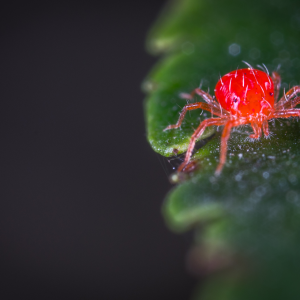
Spider Mite
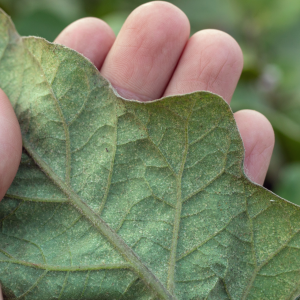
Spider Mite Damage
- Watch carefully for bagworms. These are tiny brown bags barely visible this time of year. If found early, treatment is much more effective. Spray ferti-lome Caterpillar Killer Spray with Bt (a selective, natural, biological insecticide) or ferti-lome Spinosad for early treatment. If you don’t catch them when they are small, you will have to use different treatment methods, such as Hi-Yield Malathion, to effectively kill them in later stages.
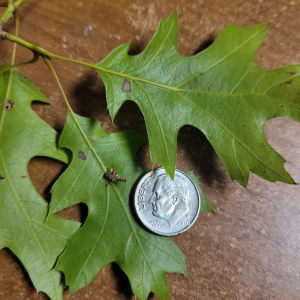
It's bagworm time in Oklahoma!
Look at this tiny bagworm (at about 10 o’clock on the dime)!
Catching bagworms when they are small is your best chance at eliminating them before they become a BIG problem.
-
For preventative white grub treatments, apply Hi-Yield Grub Free Zone II from late April through the early parts of this month.
-
Place row covers or netting over bushes with ripening berries to keep the birds from eating your crops.
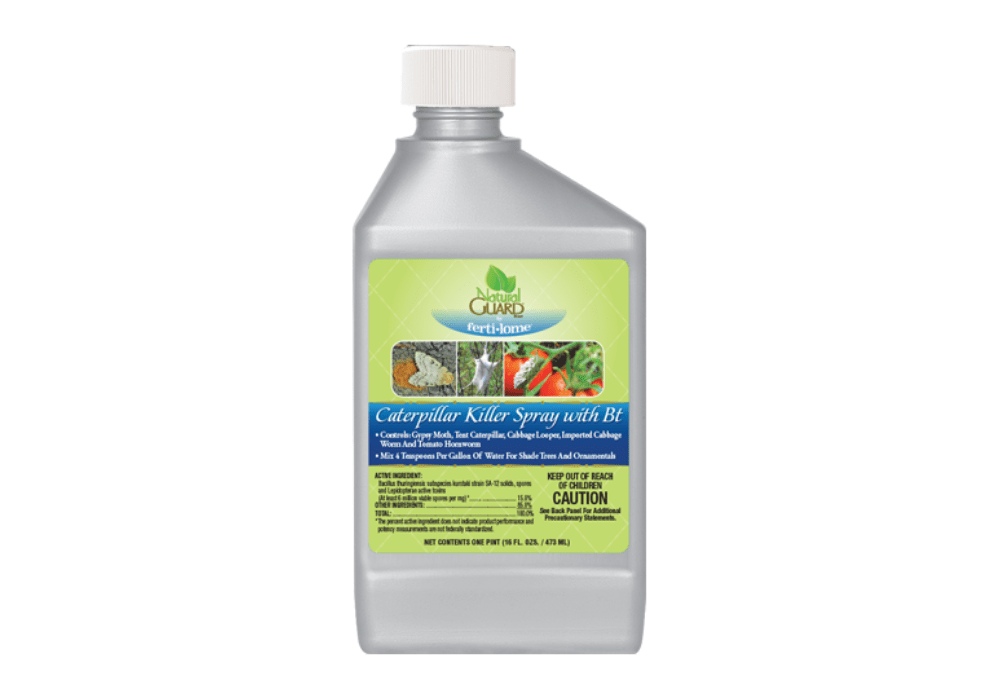
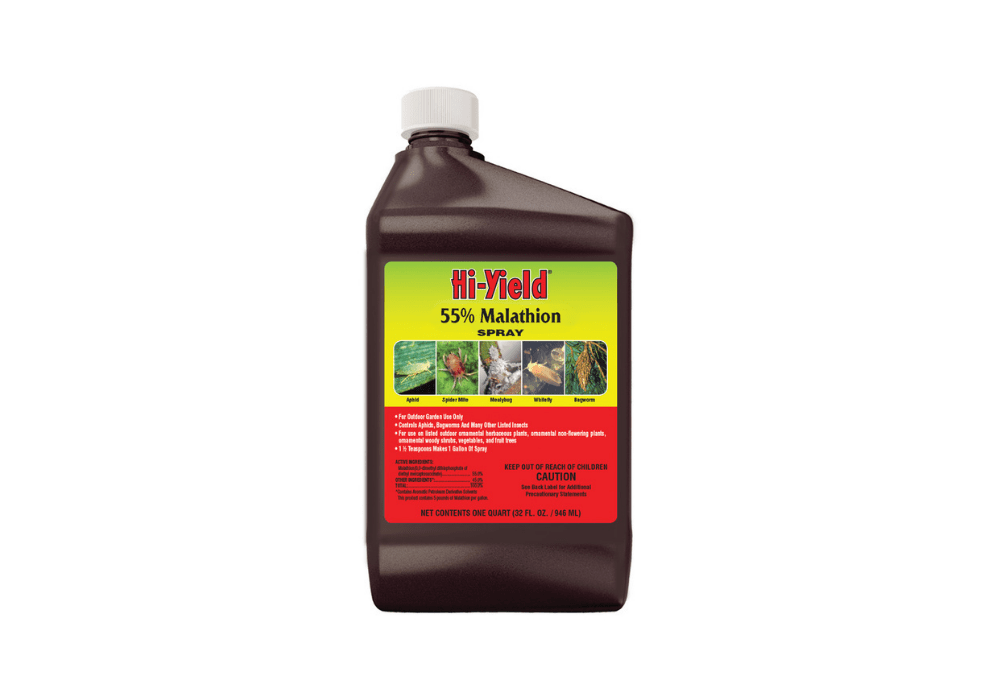
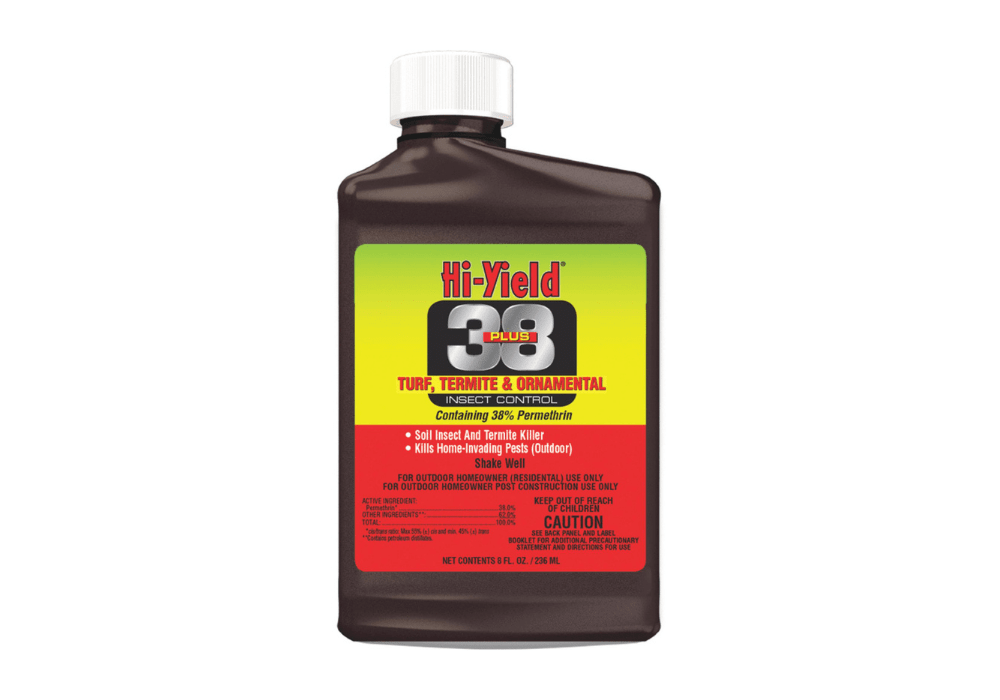

- Average rainfall in central Oklahoma in June is ~4.50 inches; this holds true for the Ardmore area as well.
- Use watering aids, such as Treegator® watering bags, to ensure newly planted trees are receiving adequate moisture throughout the hotter, drier summer months.
Note: Thanks to Oklahoma Coop Extension Service for providing some of the suggested maintenance guidelines.
For questions regarding May maintenance guidelines, please call Goldsby 405 288-2368, Oklahoma City 405 691-9100, Norman 405 447-3100, or Ardmore 580 223-1846.
Back to Home